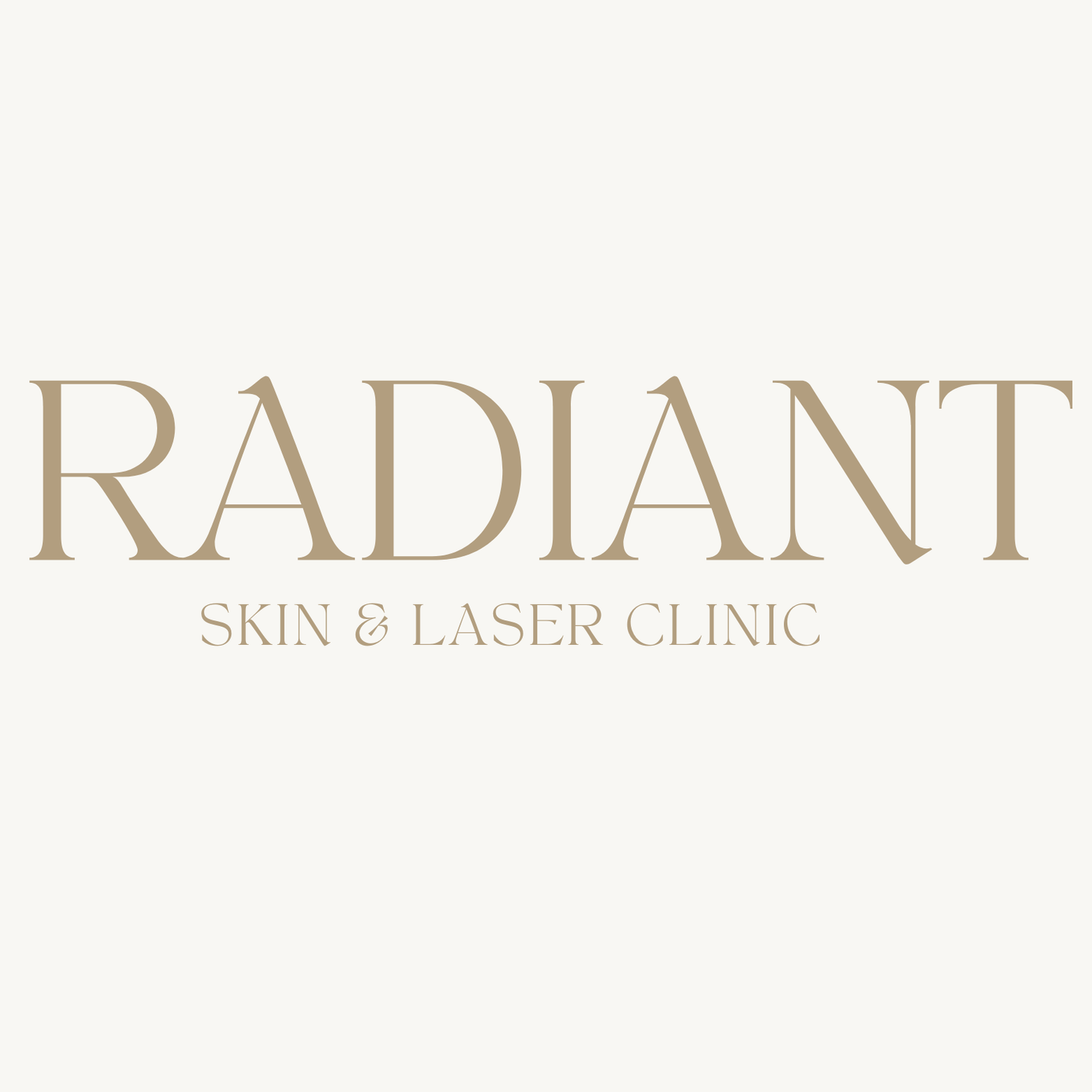Skin needling
Skin needling, also known as microneedling or collagen induction therapy, is a minimally invasive skin rejuvenation procedure. It involves using a device embedded with tiny, sterile needles that create microscopic punctures on the surface of the skin. These controlled micro-injuries trigger the body’s natural wound-healing process, prompting the production of collagen and elastin—two proteins essential for firm, smooth, and youthful-looking skin.
The Results include:
Increased cell proliferation and cell regeneration
Improved skin texture
Improved skin tone and tightness
Improved appearance of fine lines and wrinkles
Improved appearance of acne and surgical scars
Improved appearance of pigmentation
Improved appearance of stretch marks
Reduction in pore size
FAQs
-
Most people describe it as a mild pinprick sensation or pressure. The use of topical numbing cream helps reduce discomfort.
-
Initial improvements in skin texture and tone can appear within shorty after the treatment. Collagen remodeling continues for several months, so results typically improve over time.
-
All Fitzpatrick Skin types with conservative settings for skin types 4+
Clients with uneven skin texture, sun damage, lines and wrinkles, enlarged pores
Clients who want to reduce scars caused by acne and surgery
Clients who want to tone, thicken, firm and lift sagging areas
-
Minimum of 3-6 treatments for rejuvenation, 6-12 for scarring.
-
The treated skin will experience sensitivity, redness and immediate warmth. Antihistamines can be used.
-
solar keratosis, warts and skin infections.
Bacterial, fungal or viral skin infection in the treatment area e.g. active herpes simplex
Open wounds, sores, or irritated skin in the treatment area
Allergies to stainless steel or the applied products
Prone to keloid scarring
Patients on any anticoagulant therapy like heparin or other oral anticoagulants.
Clients on Roaccutane – must wait 6 months
Patients on aspirin or similar medication that’s taken daily – increases the risk of bruising.
Patients on chemotherapy, high doses of corticosteroids or radiotherapy – must wait 6 months.
Allergy to topical anaesthetics (can have treatment but with no numbing)
Chronicle diseases.
Skin Cancers
Solar Keratosis
Papulopustular rosacea
Botox and fillers – wait at least 2 weeks.
Recommended to come off tropical Vitamin A 4 days prior
Haemorrhagic disorder or haemostatic dysfunction such as haemophilia
Chronic steroid therapy
Uncontrolled systemic infections
Collagen vascular disease
Scleroderma
